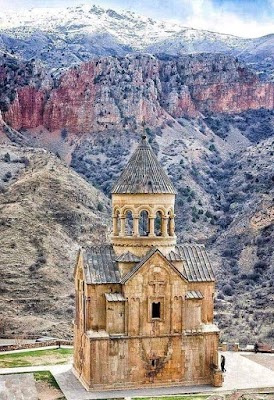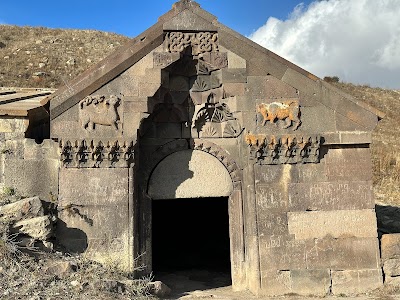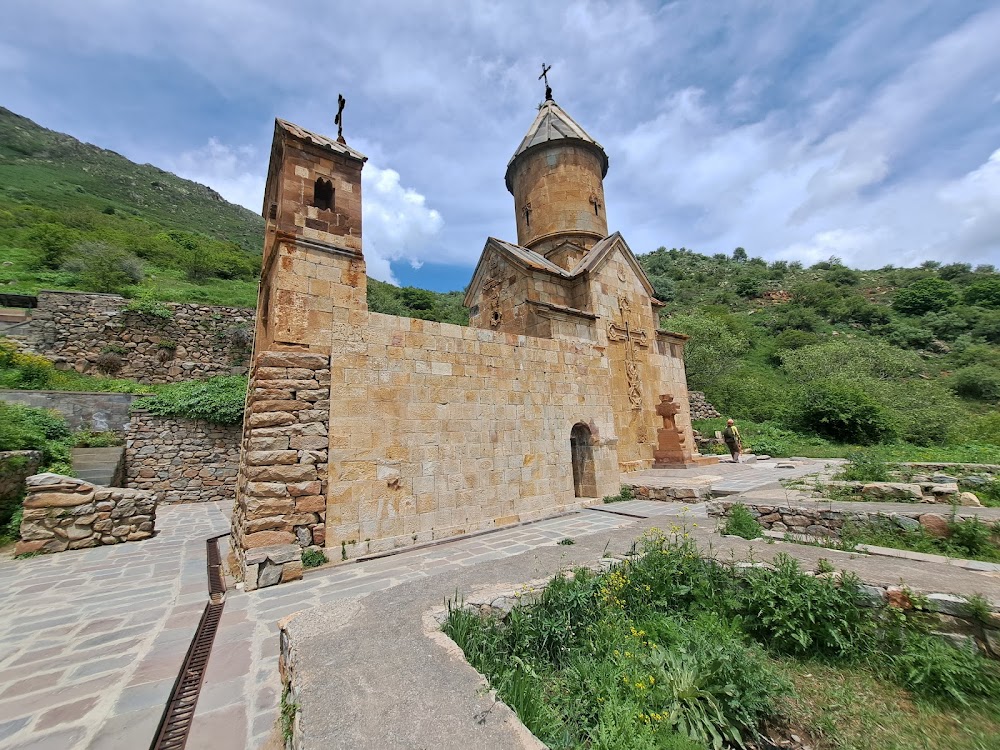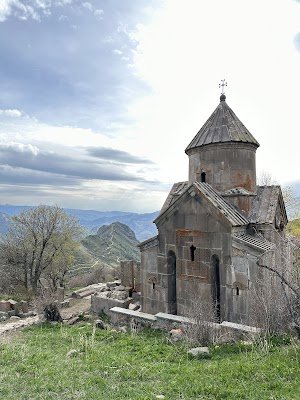Noravank Monastery (Նորավանք)
Overview
Nestled among the dramatic red cliffs of Armenia's Vayots Dzor Region, Noravank Monastery stands as a picturesque testament to the country's rich history and spiritual heritage. Its name, meaning "New Monastery," reflects a legacy that dates back to the early 13th century. Renowned for its stunning architecture, serene atmosphere, and profound spiritual significance, Noravank is a must-visit for travelers seeking a deeper connection to Armenia's cultural roots.
The origins of Noravank can be traced back to 1105, when Bishop Hovhannes began its construction. However, it was during the 13th century that the monastery underwent significant expansion under the guidance of the talented architect Momik. A master sculptor and miniaturist, Momik's remarkable creations brought a distinctive charm to the already tranquil landscape, making Noravank an architectural marvel.
One of the highlights of the monastery is the Surb Astvatsatsin Church, also known as Burtelashen, which was constructed in 1339 through the patronage of Prince Burtel Orbelian. Intended to serve as both a spiritual center and a family mausoleum, this church is famed for its ornate façade adorned with intricate carvings that depict biblical scenes and motifs, effectively narrating stories from Christian teachings.
Momik's artistry is particularly evident in the detailed sculptures that grace the church's walls. His skilled hands brought to life a variety of figures, including saints, angels, and biblical narratives. A standout feature is the depiction of Christ Pantocrator, the central icon of Christ the Almighty, which dominates the tympanum above the entrance. These carvings not only embellish the structure but also serve as a medium for conveying religious teachings to both parishioners and visitors.
Step inside the Surb Astvatsatsin Church, and you'll discover an equally captivating interior. The upper floor once served as residential quarters, while the lower level functioned as the burial chamber for the Orbelian family. A narrow, steep staircase, almost hidden from view, connects these two levels, adding an element of mystery and adventure to this sacred site.
Adjacent to Surb Astvatsatsin is the S. Karapet Church, dedicated to Saint John the Baptist. Originally built in the early 13th century, it was reconstructed after an earthquake. Its cross-shaped layout and poignant simplicity stand in stark contrast to the more elaborate designs of Surb Astvatsatsin, yet it emanates a profound spiritual aura that captivates all who enter.
Another notable structure within the Noravank complex is the S. Grigor Chapel. Though smaller in size, this chapel is dedicated to Saint Gregory the Illuminator, a significant figure in Armenian religious history. It offers a quiet and reflective space for visitors wishing to pay their respects and contemplate the region's spiritual legacy.
The location of Noravank enhances its allure. Perched high on rocky outcrops and surrounded by steep gorges, the monastery evokes a sense of isolation and tranquility that has attracted seekers of solace for centuries. Serving not only as a religious site, it also acted as a refuge and center of learning during tumultuous periods in Armenia’s history.
Throughout the centuries, Noravank has faced numerous challenges, including natural disasters and invasions. Each restoration effort reflects the dedication of countless individuals committed to preserving this gem of Armenian heritage, ensuring that its beauty and significance endure.
Today, visitors to Noravank are welcomed by the breathtaking scenery of the Amaghu Valley and the serene silence that envelops the monastery. The journey to Noravank itself is a dramatic one, as the road winds through craggy cliffs, revealing the monastery's stunning silhouette against the fiery backdrop of oxidized mountains. This visual symphony enhances the spiritual experience, making Noravank a place where nature and architecture blend harmoniously.
In summary, Noravank Monastery stands as a testament to the resilience and spiritual devotion of the Armenian people. Its rich history, artistic splendor, and the natural beauty of its surroundings continue to inspire awe and reverence in all who visit. As a UNESCO World Heritage site, Noravank not only preserves the past but also invites future generations to explore and cherish the cultural legacy it embodies.









